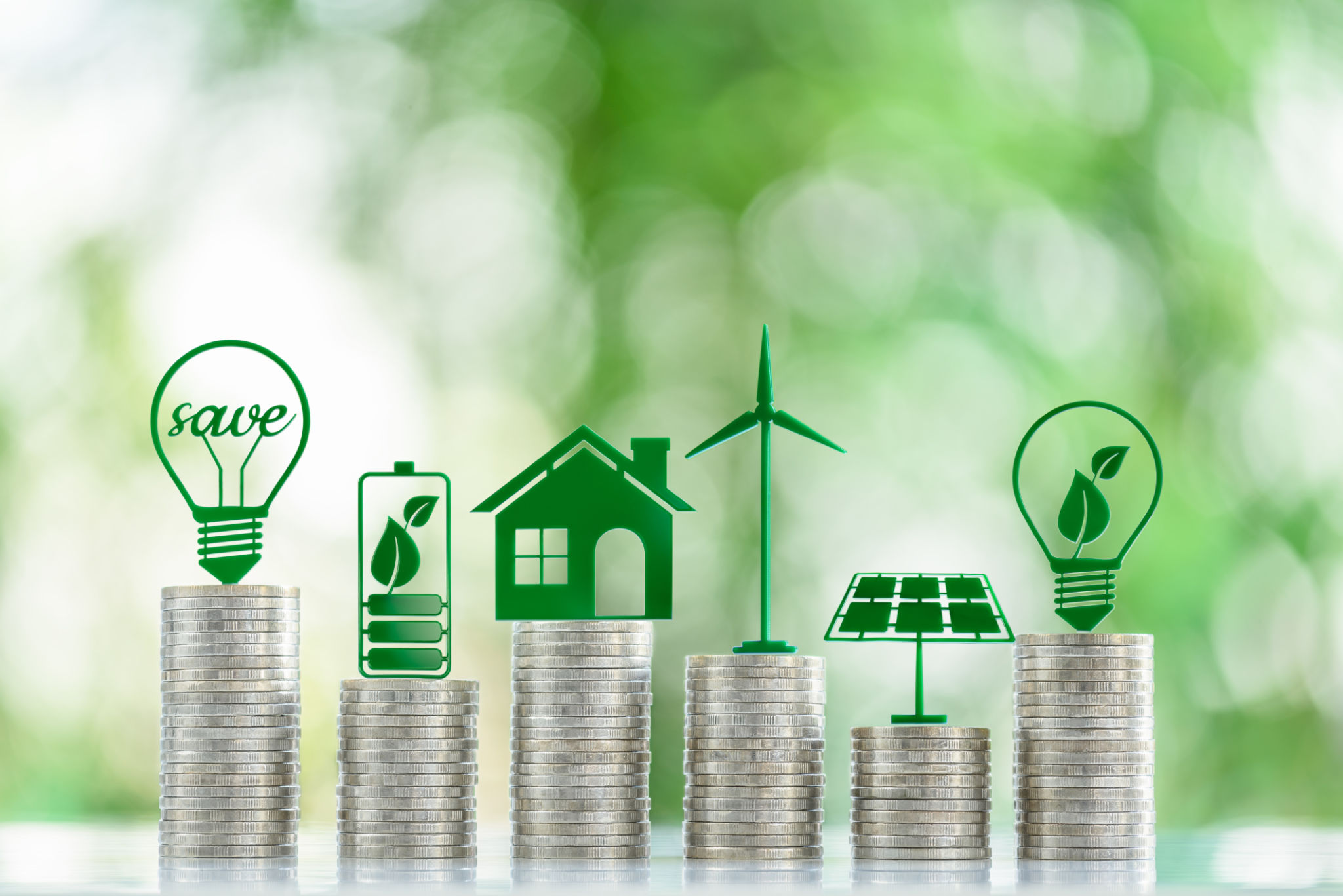Case Study: How a Local Business Cut Costs with Commercial Solar
Introduction to the Case Study
In today's rapidly changing economic landscape, businesses are continually seeking innovative ways to reduce operational costs. One increasingly popular solution is the adoption of commercial solar energy. This case study explores how a local business successfully implemented a solar energy system to significantly cut costs and enhance sustainability.

The Challenge: Rising Energy Costs
For many businesses, energy costs represent a substantial portion of monthly expenses. This local business, a medium-sized manufacturing company, was no exception. Faced with increasing electricity bills due to rising energy prices, they sought a sustainable and cost-effective alternative to traditional power sources.
Evaluating the Options
The business evaluated several options, including energy efficiency upgrades and alternative energy sources. After careful consideration, they decided that installing a solar energy system would offer the most significant long-term benefits. Not only would it reduce electricity costs, but it would also position the company as an environmentally responsible organization.

Implementation of the Solar System
With the decision made, the company partnered with a reputable solar solutions provider. The process involved conducting a site assessment, designing a customized solar panel system, and overseeing the installation. The entire process took approximately three months from start to finish.
The Role of Government Incentives
One critical factor in the decision-making process was the availability of government incentives for solar energy adoption. These incentives significantly reduced the upfront costs, making the investment more financially viable. The business took advantage of tax credits and rebates, which further enhanced the return on investment.

Results and Benefits
The results were impressive. Within the first year of installation, the business saw a considerable reduction in monthly energy expenses—up to 40% savings compared to their previous bills. This reduction not only improved their bottom line but also freed up capital for other operational improvements.
Environmental Impact
Beyond cost savings, the transition to solar energy had a positive environmental impact. The company's carbon footprint was significantly reduced, aligning with their commitment to sustainability. This move also enhanced their brand image, attracting eco-conscious customers and partners.
Conclusion: A Model for Success
This case study demonstrates that commercial solar energy is not only a viable solution for reducing costs but also a strategic move towards sustainable business practices. By investing in solar power, this local business set an example for others in the community to follow.
In conclusion, the shift to solar energy provided both financial and environmental benefits, proving that renewable energy solutions can be a win-win for businesses aiming to thrive in today's economy.